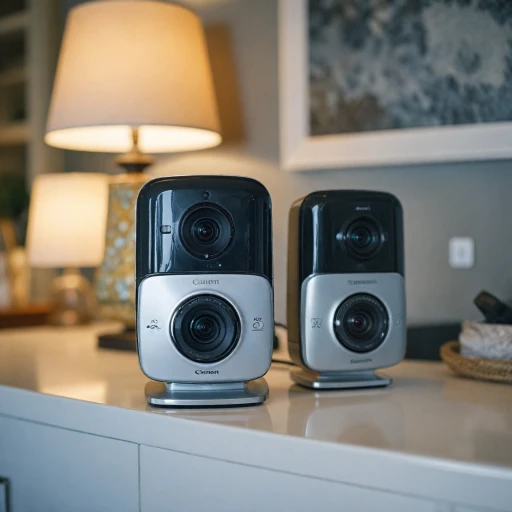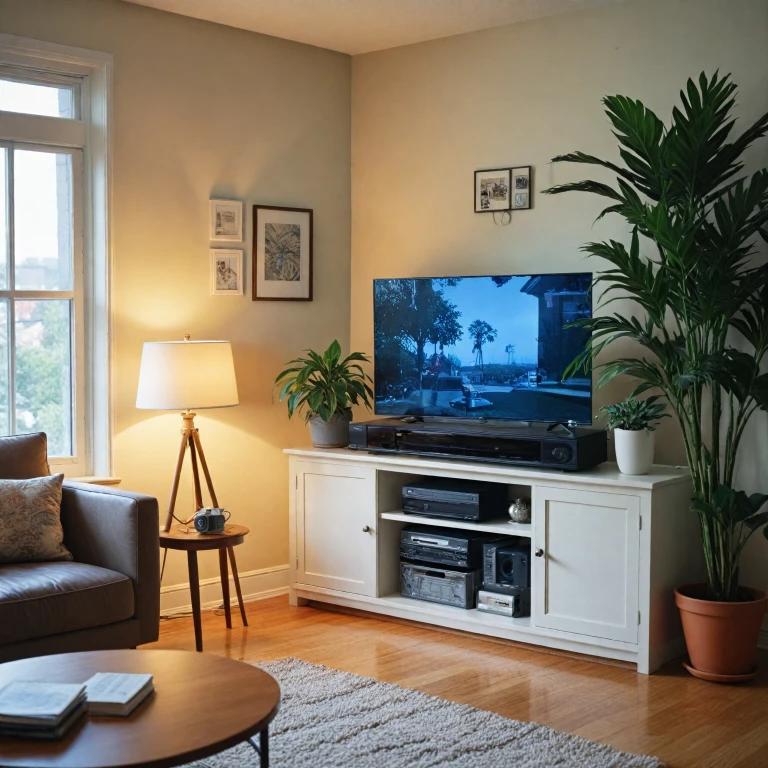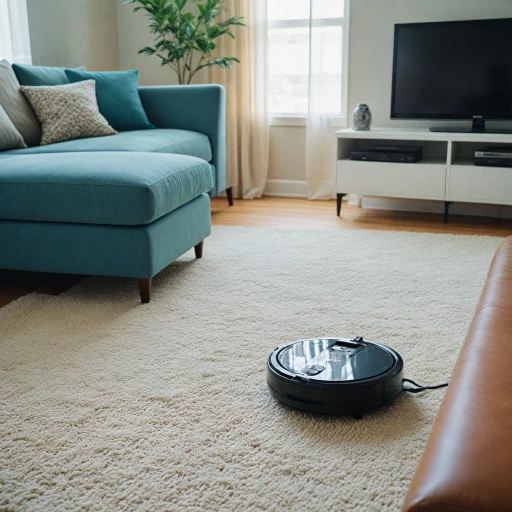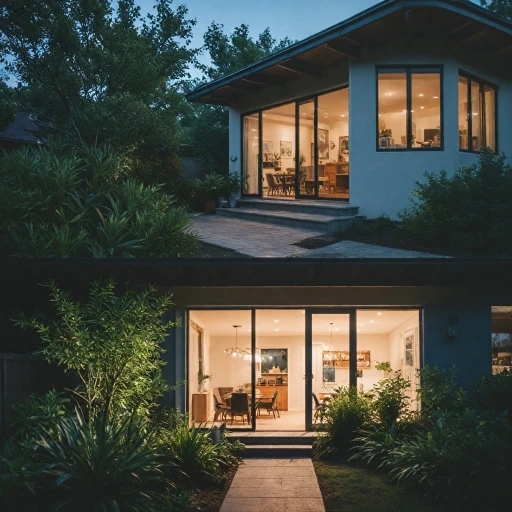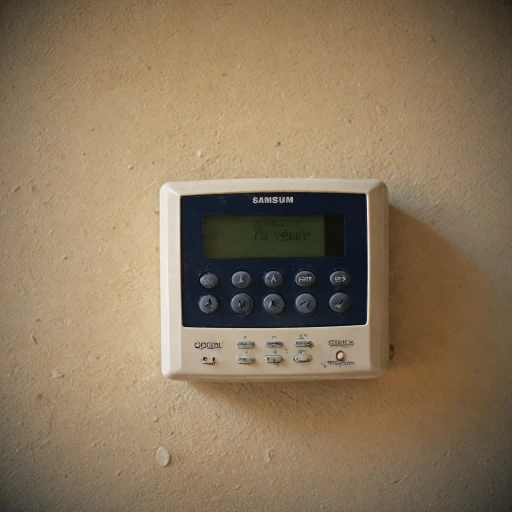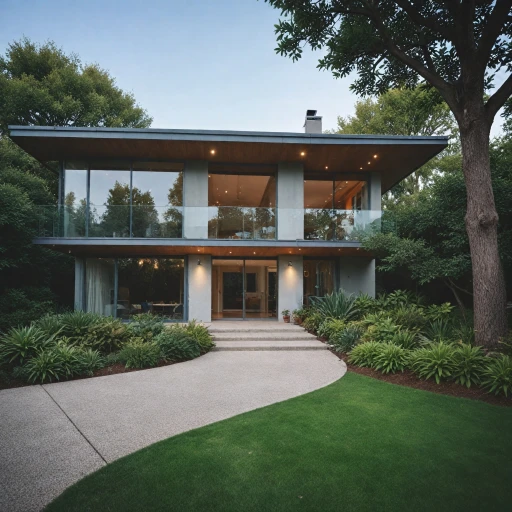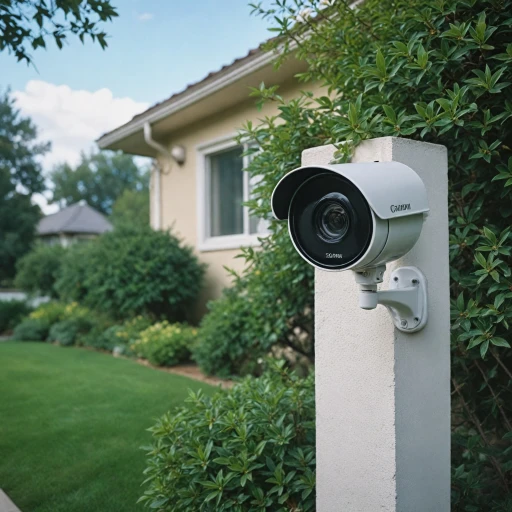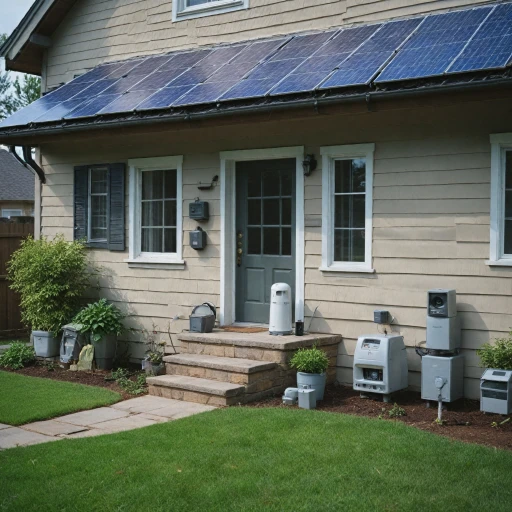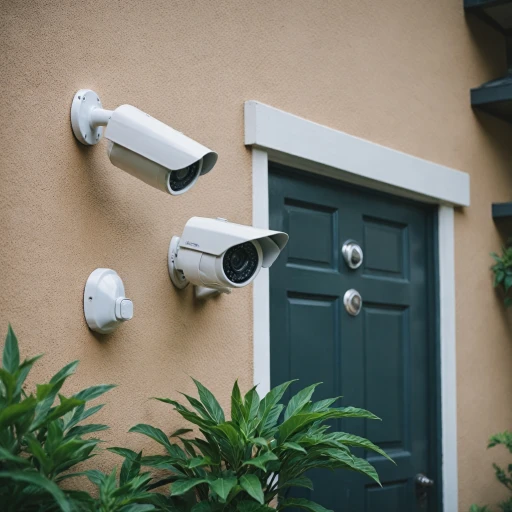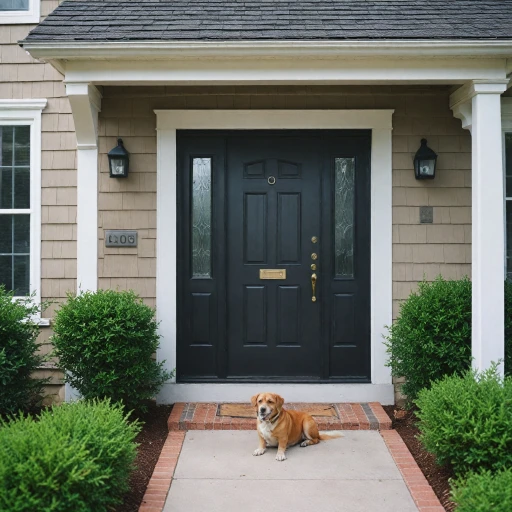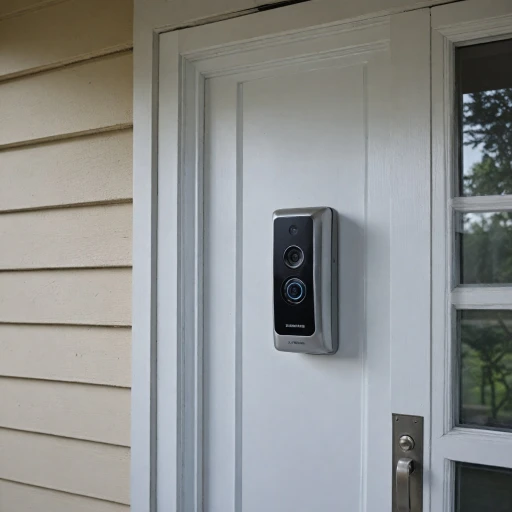Understanding Closed Circuit TV Systems
Decoding the World of Closed Circuit TV (CCTV)
In the realm of home security, Closed Circuit TV (CCTV) has emerged as a pivotal component in safeguardiрng property and ensuring peace of mind. Unlike traditional broadcast television, CCTV systems operate by transmitting video footage through a closed network, allowing access only to authorized users. Such systems have found their place in both residential and commercial settings, primarily due to their effectiveness in deterring crime and providing valuable evidence in the event of an incident.
The core of any CCTV setup is its ability to monitor activities in and around your home through video surveillance. Basics of the system include CCTV cameras, which capture video footage, and a video recorder, such as a Network Video Recorder (NVR) or a digital video recorder, which stores the data. The choice between analog and digital video systems often hinges on personal preference and budget considerations, each offering unique benefits. Modern advances allow for wireless installation, eliminating the need for complex cable systems and offering remote access from virtually anywhere.
When considering
enhancing your home's safety with security cameras, it is essential to understand the individual components and the overall architecture of CCTV security. Interactive video features provide homeowners not just with a live view but instant alerts and the ability to take proactive measures in real-time.
As you look into further enhancing your security infrastructure, understanding the strategic placement of cameras and choosing the right type of CCTV cameras for your specific needs can be beneficial.
CCTV systems are not a one-size-fits-all solution. Factors such as your property's layout, specific security vulnerabilities, and privacy concerns will influence both the design and placement of surveillance cameras. Therefore, embarking on this journey requires a well-thought-out approach and possibly professional advice to ensure optimal results.
Choosing the Right Cameras for Your Home
Factors to Consider When Selecting the Best Camera Type
When it comes to choosing CCTV cameras for your home, several factors must be considered to ensure you're making the right decision. The variety in camera types available can cater to different needs and environments. Here are a few critical considerations:
- Resolution: Choosing a camera with the right resolution is essential for obtaining clear and detailed video footage. Cameras with higher resolutions, such as digital video options, provide sharper images, aiding in better crime prevention and identification.
- Connectivity: CCTV systems can be wired or wireless. Wireless cameras offer more flexibility in placement without the restrictions of cable. However, wired systems, often using cables, provide more stable connections without interference.
- Lighting Conditions: Consider the lighting conditions in the areas where you'll place the security cameras. Some cameras are equipped with night vision or low-light capabilities to ensure round-the-clock surveillance coverage.
- Indoor vs. Outdoor: Determine whether you need indoor or outdoor cameras, as environmental factors vary. Outdoor cameras are built to withstand weather elements and often come with features like waterproofing.
- Recording and Storage Options: Consider how you will store your video data. Network Video Recorders (NVR) and Digital Video Recorders (DVR) are popular choices for capturing and archiving footage. Cloud storage options also offer remote access to your recordings.
- Interactivity and Control: Interactive video and remote access control features offer added convenience. Look for smart cameras that allow you to access feeds and interact with your system remotely via smartphone apps.
To delve deeper into specific camera comparisons, like the differences between Eufy models, check this
useful guide.
Budget Constraints and Brand Reputation
Price is often a determining factor when selecting surveillance cameras. It's crucial to balance cost with quality to ensure you’re investing in a reliable system. Researching trusted camera brands can provide peace of mind, as reputable companies often offer better customer service and more robust warranties. Compare models and read user reviews to assess the performance and reliability before making a purchase.
Remember to assess your home's specific needs and challenges before finalizing your security system purchase. Matching the right camera type with your camera system's overall goals can significantly enhance your home's security and surveillance capabilities.
Strategic Placement of Cameras
Strategic Camera Placement to Maximize Security
When considering the effectiveness of your CCTV security, strategic placement of the cameras is critical. Selecting the right locations for your cameras will greatly enhance your video surveillance capabilities, ensuring optimal coverage and deterrence of potential crime. Here are some important factors to consider when deciding where to place your security cameras:
- Vulnerable Entry Points: Position cameras near doors, windows, and other potential entry points to monitor any suspicious activity. These are key areas where intruders might attempt to gain access.
- High Traffic Areas: Install cameras in locations that have a lot of foot traffic, such as hallways and common landings. This helps in tracking movement patterns and identifying potential threats.
- Blind Spots: Identify areas that are not easily visible and might be susceptible to criminal activity. Properly placed cameras in these spots can provide a comprehensive overview of your property.
- Entrances and Exits: Ensure that all entrances and exits are under surveillance. This is critical for tracking anyone entering or leaving the property.
- Property Boundaries: Placing cameras along property lines can help, not only in monitoring intrusions, but also in capturing activities in neighboring areas that might affect your security.
Surveillance cameras should be strategically sited at heights that prevent tampering, yet still provide quality footage. The choice between wired cameras and wireless cameras can also influence placement decisions. While wired systems may restrict placement options due to cable requirements, wireless cameras offer more flexibility.
To further enhance your cctv system's functionality, consider integrating it with additional security measures such as motion detection lights or access control systems.
For those opting for a
more interactive video experience, selecting cameras with digital video capabilities and integrating them with an NVR (network video recorder) can streamline your surveillance efforts.
Ultimately, the effective placement of your CCTV cameras will not only bolster your safety but also contribute to a robust crime prevention strategy. As you continue with your installation process, weigh both DIY and professional installation to best suit your needs. Proper maintenance, as discussed in subsequent sections, will ensure your system remains reliable and functional for years to come.
Installation Process: DIY vs. Professional
Deciding Between DIY and Professional Help
Choosing the right installation approach for your home surveillance system is crucial. With advancements in technology, many options are available, offering flexibility and accessibility for users.
DIY Installation
Opting for a DIY installation of CCTV may save you initial costs. Here's what you need to consider:
- User-friendly Kits: Many home security systems come with detailed instructions and user-friendly kits, making it feasible for homeowners to set up their own video surveillance.
- Wireless Systems: Modern wireless CCTV cameras eliminate the need for extensive wiring. They often communicate via a digital network, allowing you to avoid dealing with cumbersome cable setups.
- Access Control: DIY systems usually offer mobile apps for remote access to live feeds, giving you security and convenience.
However, it’s essential to assess your technical skills. If you’re not comfortable with handling data or troubleshooting potential issues, a professional might be a better choice.
Professional Installation
When it comes to professional installation, it offers several benefits:
- Expertise and Precision: Professionals possess the technical knowledge to place cameras strategically, ensuring comprehensive video coverage and minimizing blind spots.
- Customization Options: A professional installer can tailor CCTV systems to fit your specific needs, incorporating features like access control and video recorders into the design.
- Reliability and Warranty: Hiring experts often comes with the advantage of warranties on installations, adding an extra layer of assurance to your security cameras.
- Advanced Systems: Professionals are equipped to handle complex installs, including those involving digital CCTV systems and network video recorders (NVRs) for high-end surveillance needs.
Ultimately, the best method depends on your comfort with technology, budget, and the complexity of your desired system.
Whether you're going the DIY route or opting for professional installers, ensure the choice enhances the effectiveness of your closed circuit television in preventing crime, thus maximizing your home's security.
Maintaining Your CCTV System
Upholding System Efficiency and Longevity
Ensuring the ongoing efficiency and longevity of your CCTV system involves regular maintenance and monitoring. Just as with any digital network, security cameras need routine checks to function optimally and provide the best video surveillance.
- Routine Visual Inspections: Periodically observe your cameras and recording equipment. Check for signs of wear or damage to cables, housing, or lenses. In particular, cable and wireless connections should be scrutinized for any potential faults that could disrupt the video feed or circuit connectivity.
- Clean Camera Lenses: Dirt and debris can obstruct the cameras' view. Regular cleansing of the lenses is necessary to ensure that your surveillance video remains clear and functional. Use appropriate cleaning solutions and materials to avoid scratching the lenses.
- Monitor Security Software and Updates: Check the CCTV software for available updates. Regular updates can address security vulnerabilities and enhance the system's functionality, safeguarding your data. This step is crucial in maintaining a robust access control system, especially if your setup includes wireless or digital CCTV components.
- Data Management and Storage: Ensure your video recorder or network video recorder (NVR) has the necessary storage capacity for continuous video surveillance. Review and manage digital video storage regularly to prevent data loss, opting for an organized backup strategy to mitigate risks.
- Assess Power Supplies: Regular checks on the power supplies ensure that all parts of the system, from cameras to the digital recorder, receive sufficient power. Consider a battery backup solution to prevent unexpected failures during power outages.
Maintenance is a critical aspect of crime prevention and the effectiveness of your security cameras, ensuring they provide reliable closed circuit surveillance over time. As you continue reading through the various installation and maintenance strategies, it becomes clear that a well-maintained CCTV system is an integral part of maintaining your home's security infrastructure.
Legal and Privacy Considerations
Legal Boundaries and Respecting Privacy
When installing a CCTV system in your home, one of the crucial considerations that cannot be overlooked is the legal and privacy implications. Understanding these aspects helps ensure that your security measures are both effective and compliant with relevant laws and respect the rights of others.
Firstly, ensure that the placement of your CCTV cameras respects the privacy of your neighbors and does not capture footage beyond the boundaries of your property, unless legally permissible. Strategically placing your surveillance cameras within the confines of your home, as previously discussed, is a practical approach to avoid legal issues.
On a technological level, the chosen closed circuit television system often represents a fusion of hardware and software that embodies robust data protection measures. Whether utilizing a digital video recorder, network video recorder, or cloud-based storage solutions, safeguarding the data these systems capture is paramount. Implementing access control protocols ensures that only authorized individuals can access digital video footage.
It's important to familiarize yourself with local laws regarding video surveillance. Regulations vary significantly between regions, affecting how surveillance systems can be used and what is deemed acceptable regarding privacy. In many areas, signs must be posted to inform others that video surveillance is in operation on your premises.
For more comprehensive guidance tailored to your specific locale and type of installation, consulting with a legal professional is advisable. Ensuring legal compliance not only prevents potential fines or legal action but also promotes trust within your community by underscoring a commitment to privacy and security.
Remember, while enhancing your security system, from camera selection to circuit installation, striking a balance between security needs and privacy considerations will create a welcoming and legally sound environment.
